The territory where the Fipa live in southwestern Tanzania has been designated by the national government as an environmentally sensitive area due to human abuses of the land. Two newspapers, the Tanzania Daily News and The Citizen, both from Dar es Salaam, published reports last week on plans to begin rectifying the situation.
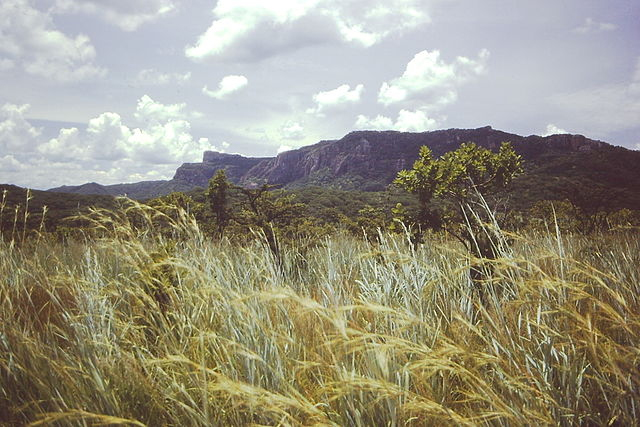
The so-called Rukwa-Katavi landscape, the region between Lakes Rukwa and Tanganyika, has been the historic territory of the Fipa, though numerous other people have moved into the area. The reports last week indicated that the region is now home to over one million people.
Announcing the initiative at a meeting in Dar es Salaam last week, Mr. January Makamba, Minister of State in the Vice President’s Office with responsibility for the environment, said that the area he is concerned about is subject to a wide range of developments that have the potential to adversely affect the natural environment. His statement, presented by a deputy, pointed out that as of 2014, Tanzania had lost 61 percent of its productive area due to desertification.
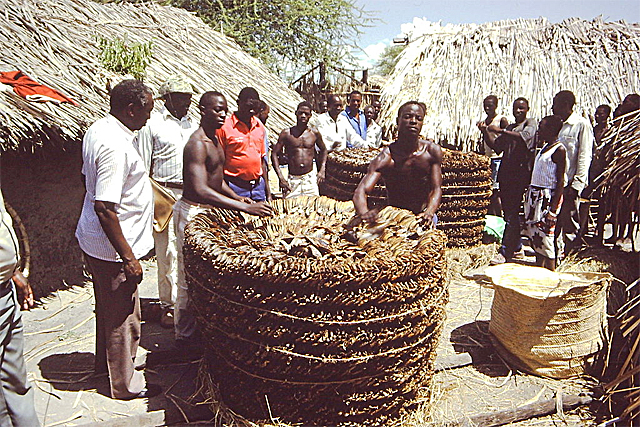
The initiative will be implemented in the region by four local NGOs, with the Kaengesa Environmental Conservation Society (KAESO) based in Sumbawanga taking the lead. The other groups are the Lawyers Environmental Action Team (LEAT), which will coordinate and harmonize policies with the national government; Action Aid Tanzania (AATZ), which will make sure that the plans prepared are gender responsive and inclusive; and HakiArdhi, a group that will ensure that components of any plans are reviewed by agricultural, mining, and tourism interests in the region. The overall partnership of the four organizations will be known as Shared Resources, Joint Solutions (SRJS).
Mr. Makamba had visited the region in October 2016 in order to scope out the problems. He said he has already sent directives to try to prevent any further destruction to the landscape. He emphasized that Tanzanians needed to adhere to established conservation regulations—if they fail to do so, the future would be a dire one for younger generations.
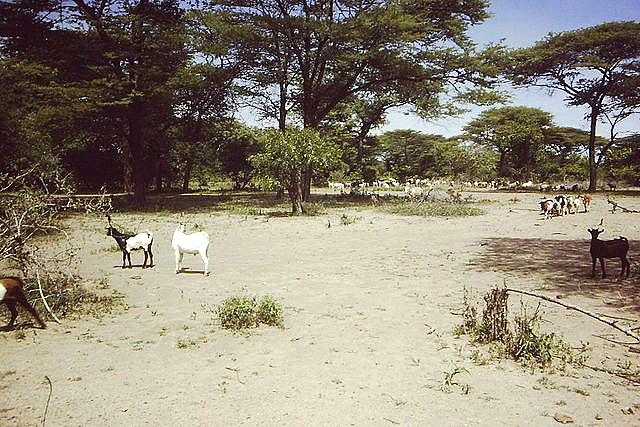
The minister blamed the “colossal environmental degradation” that he witnessed in the region on the presence of very large numbers of livestock, unsustainable farming systems, and tree cutting. Mr. Ozem Chapita, the Executive Director of KAESO, said that Lake Rukwa, one of the African Great Lakes, was itself in danger of “extinction.” He pointed out that the lake had experienced massive environmental ruin that had caused several species of fish to go extinct.
The lake, according to the Daily News report, lies at an elevation of 800 meters (2,600 feet) above sea level about halfway between the much larger lakes Tanganyika and Nyasa in a parallel branch of the Rift Valley. The alkaline lake has fluctuated widely over the years in size, from 30 miles long in 1929 to 110 miles long today. It currently averages 20 miles wide and it is about 2,220 square miles in area.
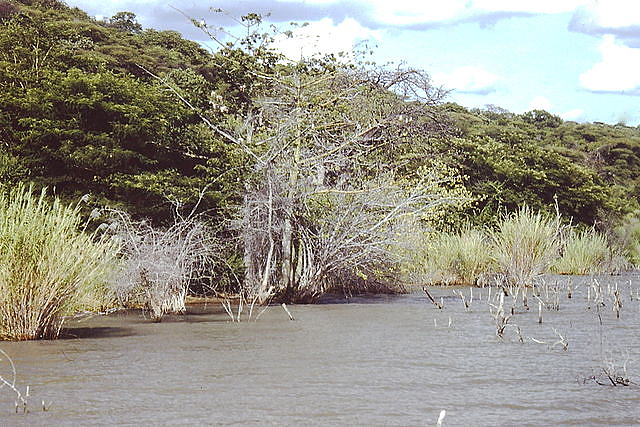
Mr. Godlove Mwasonjo, an official from the National Environmental Management Council (NEMC), who launched the SRJS group at the meeting in Dar, said that Mr. Makamba’s declaration of the lake as an “environmentally sensitive area” was in keeping with existing law, the Tanzanian Environmental Act of 2004. The next step will be to gazette the project so the boundaries can be officially identified and mapped.
An article in this website in May 2016 asking if farming by the Fipa can produce peace referred to reports on the incredible fertility of the soils in the region, which are resulting in increased agricultural productivity. The Rukwa Region, sources indicated, had the potential for even more farming successes. The continuing interest in Fipa agriculture for this website was an analysis by Roy Willis (1989a) which indicated that their raised bed, composting techniques of growing food had been an important factor in fostering the peacefulness of that society.
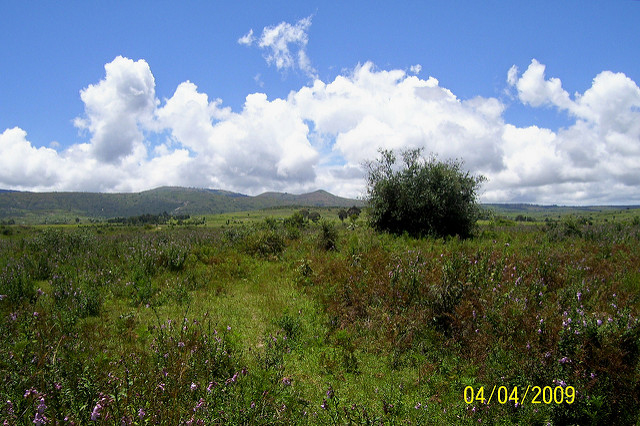
Unfortunately, the articles about the launch of the environmental initiative last week did not mention the worthwhile approaches the Fipa traditionally took to preserving their soil and maximizing its agricultural potential. The work by KAESO and its partner organizations in the SRJS project to preserve and restore the landscape will be funded with a budget of 2.5 billion Tanzanian shillings (1.1 million U.S. dollars) with support from the International Union for the Conservation of Nature, Netherlands (IUCN, NL), the Dutch Ministry of Foreign Affairs, and the World Wildlife Fund.